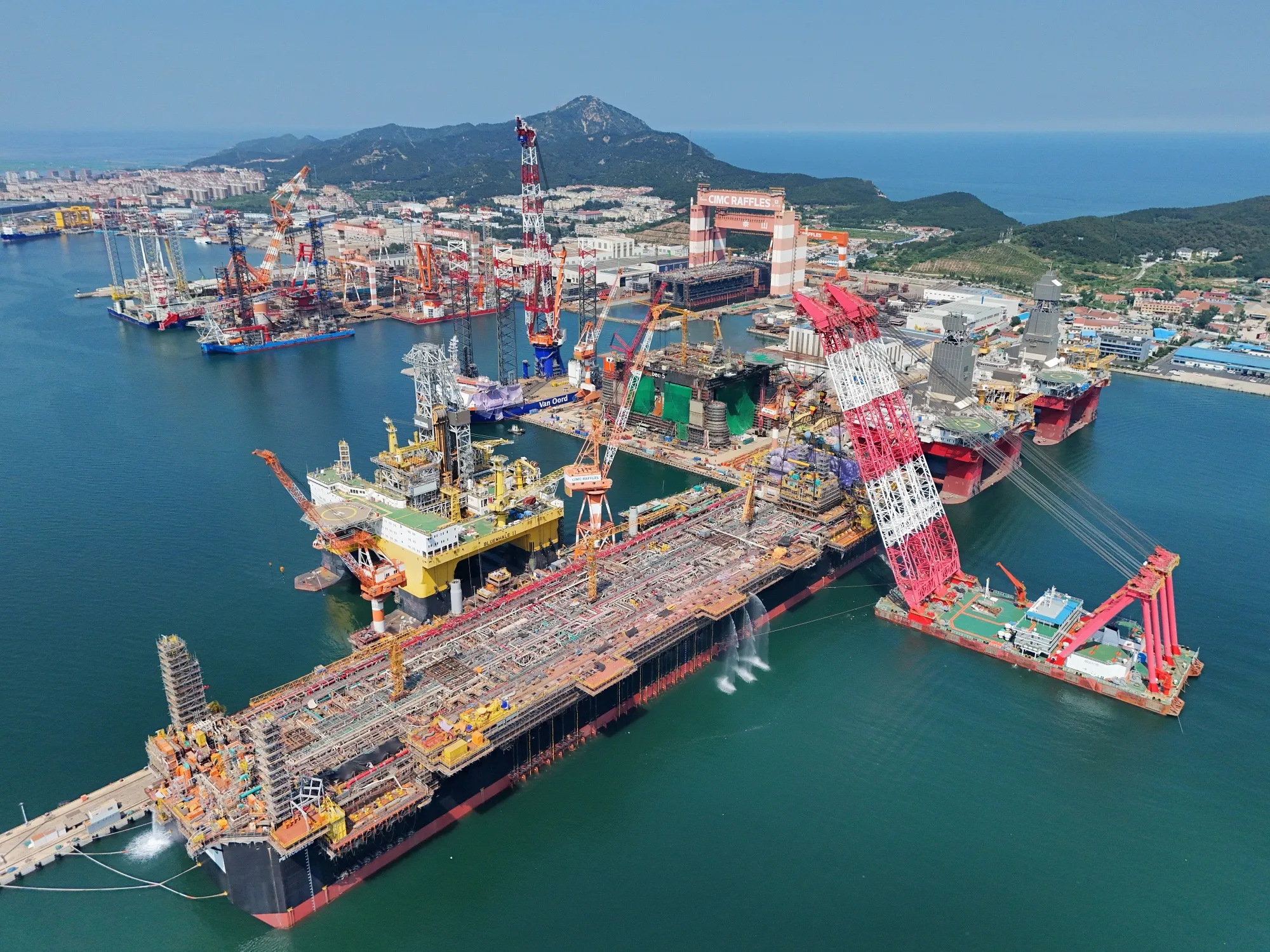- Joined
- May 16, 2023
- Messages
- 35,711
- Points
- 113
Jovi Ho
Fri, 20 September 2024 at 6:23 am SGT3-min read
Returns from past investments “will probably disappoint what we underwrote”, says Jeffrey Jaensubhakij.
The market “should just enjoy” the long-awaited interest rate cut by the US Federal Reserve “for now”, but investors should “be prepared” for the risk of inflation “coming back sooner”, says Jeffrey Jaensubhakij, group chief investment officer at GIC.
“You have tight labour markets across the US, Europe [and] Japan; the risk of inflation coming back sooner may be there,” says Jaensubhakij. “I think because the rates have priced in so much but the economy remains strong, the risk is that rates don’t go down as much.”




